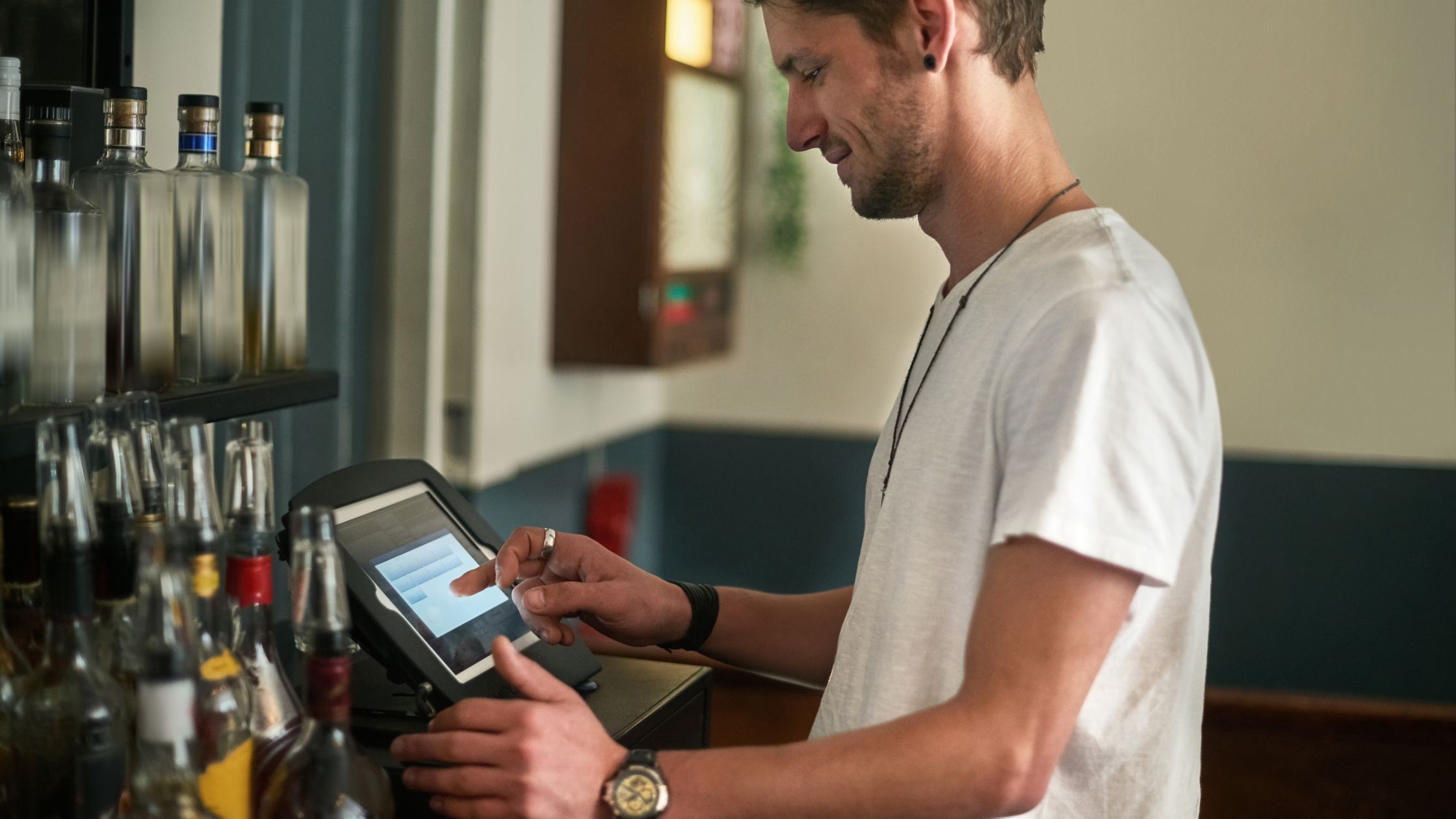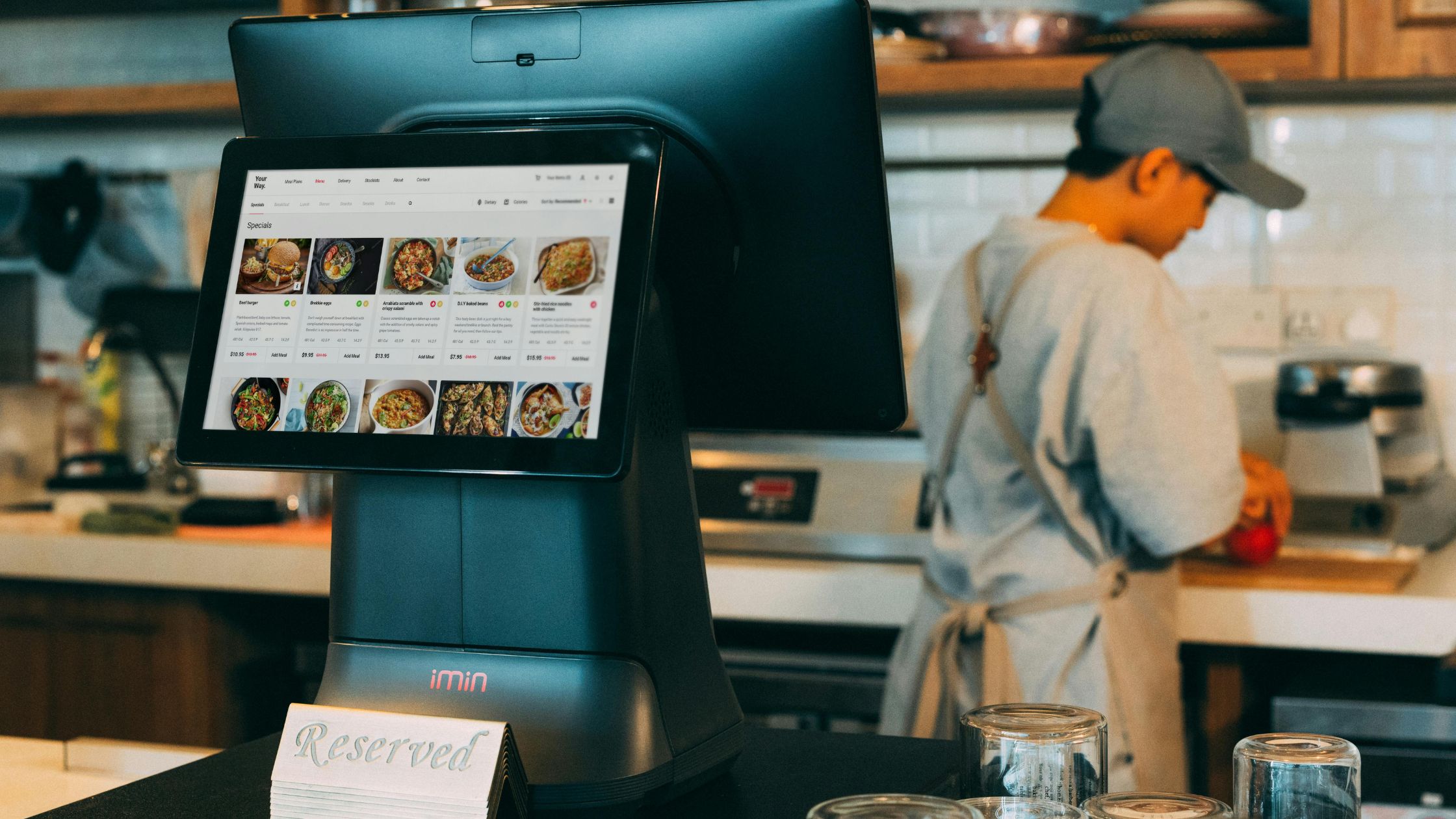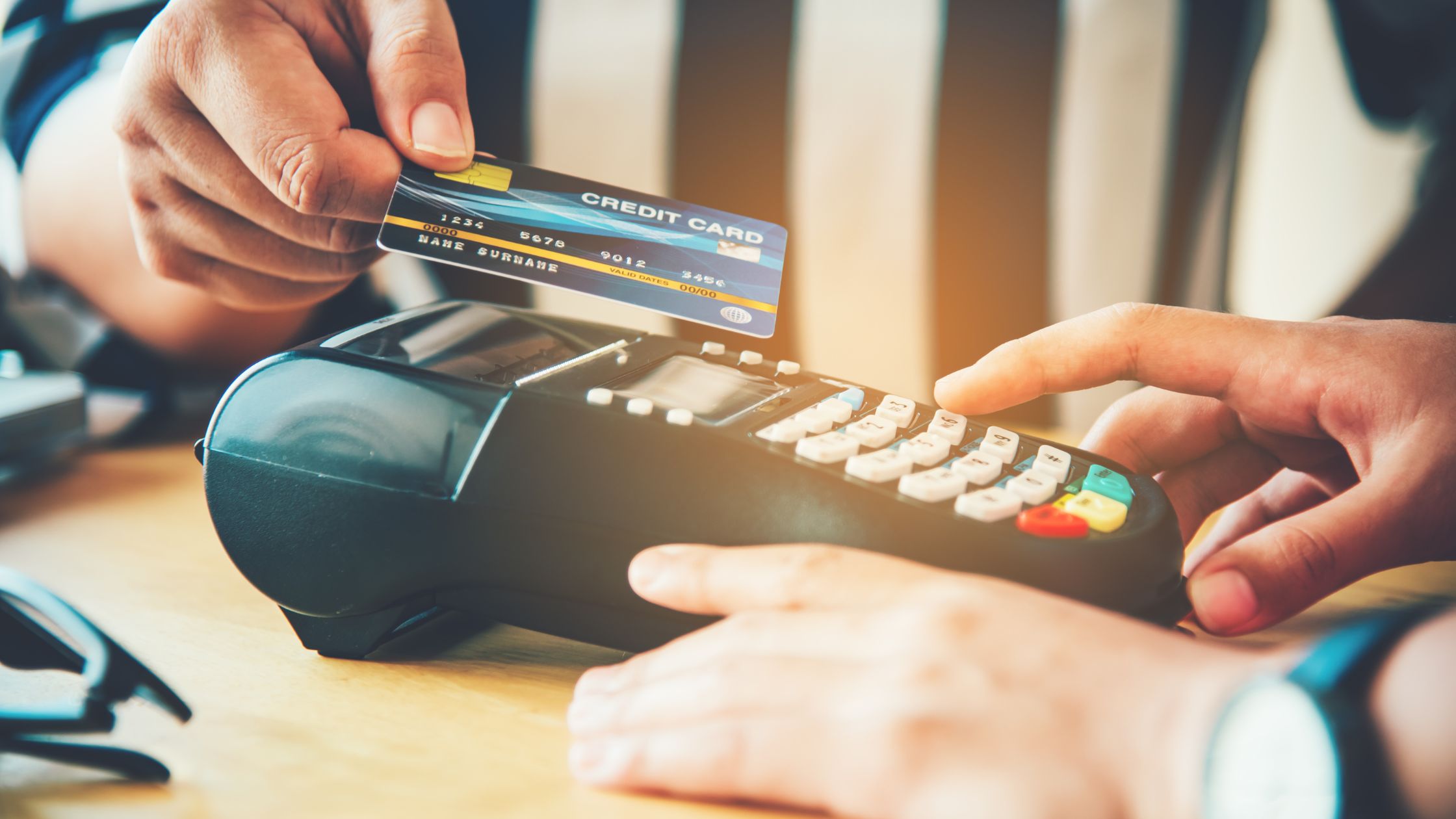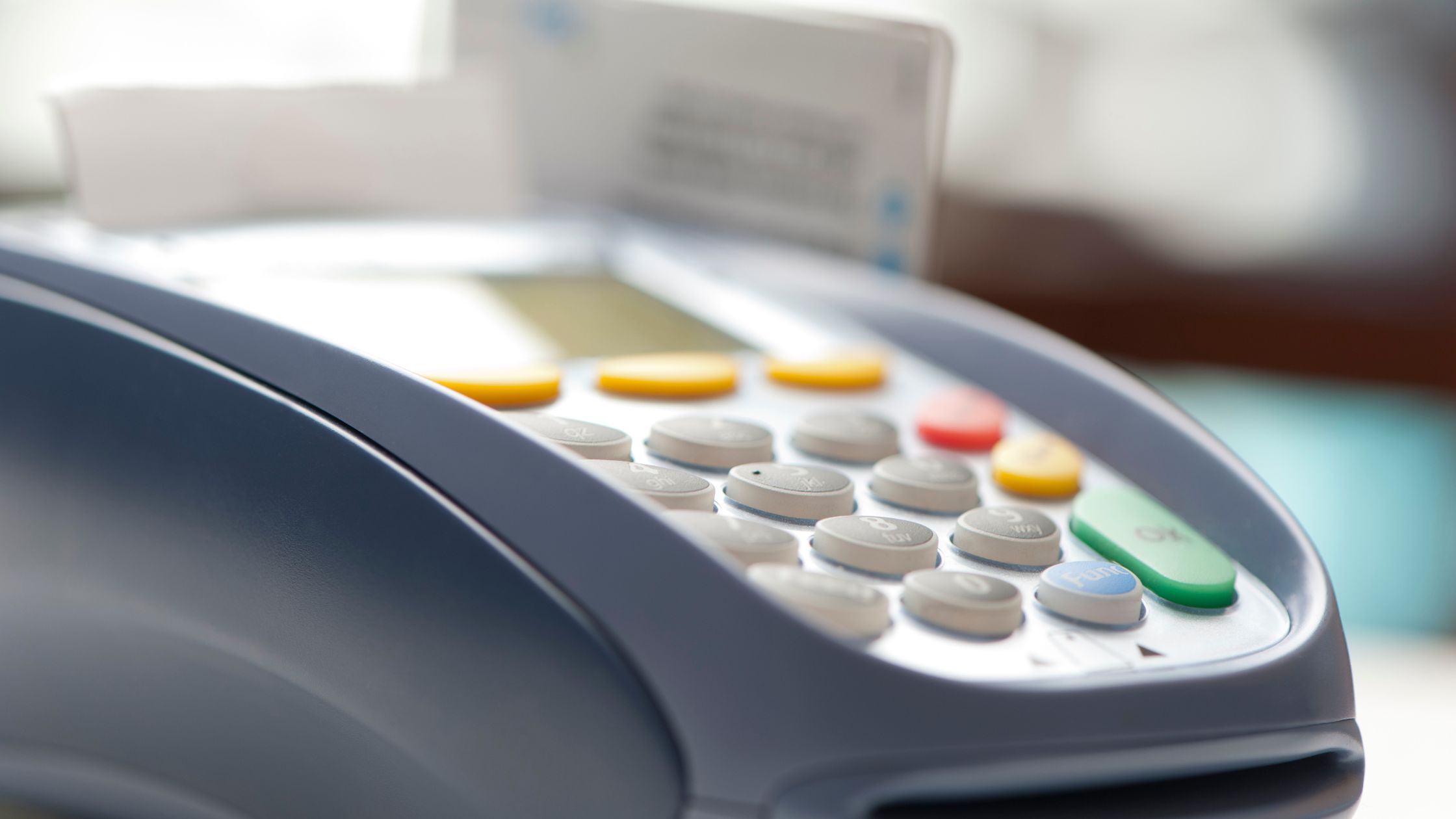The modern restaurant industry demands flexibility, speed, and precision. With evolving customer expectations, restaurant owners require tools that can adapt to their unique business needs. Customizable POS software for restaurants has emerged as a critical solution, enabling operators to streamline processes, enhance customer experiences, and improve profitability.
In this article, we will explore what customizable POS software means, how it works, the benefits it offers, essential features to look for, strategies for successful implementation, and why selecting the right provider matters.

Table of Contents
- What Is Customizable POS Software for Restaurants?
- How Customizable POS Systems Work
- Key Benefits of Using Customizable POS Software
- Essential Features of an Effective POS Solution
- Implementation Strategies for Success
- Conclusion
- FAQs
What Is Customizable POS Software for Restaurants?
Customizable POS software for restaurants is a point-of-sale solution tailored to meet specific operational requirements. Unlike generic systems, it allows restaurant owners to modify menus, pricing, workflows, and reporting tools based on their unique needs.
Such software enables businesses to handle everything from order-taking and payment processing to inventory control and customer engagement. Because restaurants vary in size, service style, and menu complexity, a flexible POS system ensures that each operation runs at peak efficiency.
It also offers the flexibility to adapt to seasonal changes, special promotions, and evolving customer preferences. Whether you manage a small café or a multi-branch restaurant chain, the ability to fine-tune your POS system can significantly impact efficiency along with customer satisfaction.
How Customizable POS Systems Work
Customizable POS systems operate by integrating hardware components, such as touchscreens, printers, and cash drawers, with adaptable software. Here’s how the process typically unfolds:
Step 1: Configuration
The system is set up to match the restaurant’s menu, pricing structure, and order flow. This step often includes designing custom interfaces for faster service.
Step 2: Integration
The POS integrates with kitchen display systems, online ordering platforms, and payment processing gateways. Integration ensures seamless communication between the front and back of house.
Step 3: Real-Time Processing
Orders and payments are processed instantly, with updates reflecting across all connected systems to avoid errors or delays.
Step 4: Data Management
The software collects detailed sales and performance data, which can be customized into specific reports for better decision-making.
Additionally, customizable POS software for restaurants often supports multi-language interfaces, catering to diverse staff teams and improving communication in high-pressure environments.

Key Benefits of Using Customizable POS Software
Although adopting a new POS requires investment, the benefits often outweigh the costs.
- Tailored to Your Needs: Every restaurant is different. Customizable POS software for restaurants adapts to specific workflows, reducing bottlenecks and increasing efficiency.
- Improved Accuracy: With clear menus and automated price updates, errors in order-taking and billing decrease significantly.
- Enhanced Customer Experience: Faster service, accurate orders, and flexible payment options lead to higher customer satisfaction.
- Scalability: As your restaurant grows, the system can be expanded with additional features, locations, or integrations.
- Real-Time Insights: Detailed reports provide actionable insights, helping you make informed business decisions.
- Cost Savings: By streamlining operations and reducing waste, a POS system can lower operational expenses over time.
- Competitive Advantage: Restaurants using advanced POS systems can respond faster to market trends, launch innovative menu items, and offer seamless customer experiences that set them apart.
Essential Features of an Effective POS Solution
When selecting customizable POS software for restaurants, certain features stand out as essential for success:
- Menu Flexibility: Ability to quickly update items, prices, and combos.
- Order Management: Integration with kitchen displays and online ordering.
- Inventory Tracking: Real-time stock monitoring with alerts for low inventory.
- Multi-Location Support: Centralized management for multiple branches.
- Reporting Tools: Customizable analytics for sales, staff performance, and menu profitability.
- Offline Mode: Continued operation during internet outages.
- Security Controls: User permissions and encrypted transactions.
- Customer Loyalty Tools: Built-in programs for rewards and discounts.
Implementation Strategies for Success
Introducing a new POS system requires careful planning to avoid disruptions.
- Assess Your Needs: Before purchasing, define the challenges you want to solve—such as long wait times, inconsistent reporting, or poor inventory control.
- Choose the Right Provider: Select a provider with proven experience in the restaurant industry and the ability to customize features to your needs.
- Train Your Staff: Comprehensive training ensures employees can use the system effectively from day one.
- Start with a Pilot Run: Test the system in one section of the restaurant before full deployment to identify and fix issues early.
- Monitor and Adjust: Use reporting tools to track performance and make adjustments as necessary.
- Stay Updated: Regular software updates ensure your POS remains secure and aligned with the latest industry trends.
- Engage With Feedback: Encourage staff and customers to provide feedback, then make adjustments to enhance the system’s usability and performance.

Conclusion
Adopting customizable POS software for restaurants can transform how your business operates. From tailored workflows to real-time insights, the right solution streamlines operations, improves accuracy, and enhances customer satisfaction.
For restaurant owners seeking a flexible and reliable POS platform, Floreant offers open-source, customizable solutions that empower businesses to take full control of their operations without costly licensing fees. By choosing the right provider and following strategic implementation steps, you can set your restaurant on a path to greater efficiency and profitability.
FAQs
1. What makes a POS system customizable?
It allows you to modify menus, workflows, and reports to match your restaurant’s exact needs.
2. Is customizable POS software expensive?
While initial costs vary, the long-term savings from improved efficiency often outweigh the investment.
3. Can I integrate online ordering with a customizable POS?
Yes, most modern POS systems allow integration with popular online ordering platforms.
4. Do I need technical expertise to manage a customizable POS?
Not necessarily—many providers offer user-friendly interfaces and support to simplify operations.
5. How does a customizable POS improve customer service?
It speeds up order processing, reduces errors, and offers flexible payment options, enhancing the overall dining experience.







